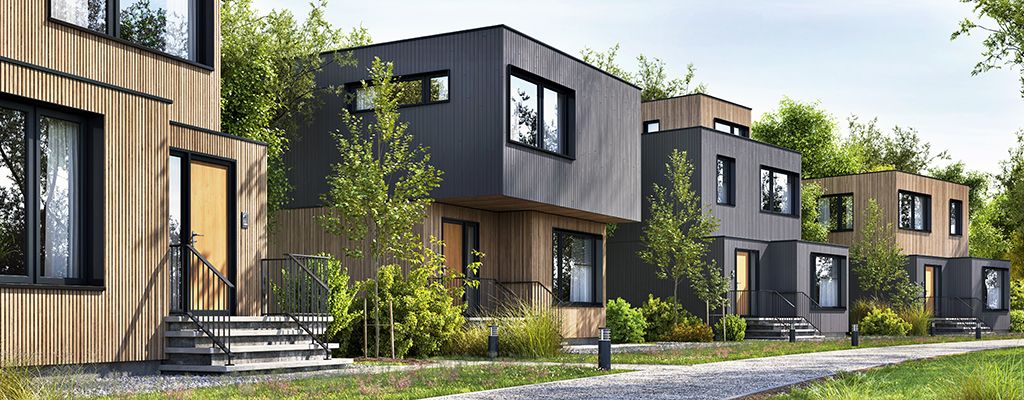
Reading time: 2 Minutes
As hybrid working frees people from the constraints of the daily city centre commute, towns and villages will undergo a transformation.
In 2022 and beyond, many desk-facing professionals will no longer be obligated to attend a central office on a daily basis, thanks to the mainstream adoption of hybrid working, which means they can base themselves from home, a coworking space – and an urban HQ. This will not only enable them to move out of cities to better-value areas in terms of housing (or spend more time in suburban communities) but also motivate companies to invest in local coworking spaces that are more convenient and less costly than expansive HQs at premium city addresses.
As the traditional exodus of people (especially young people) from towns and villages to the city reverses, the result will be an unparalleled wave of suburban revitalisation in countries all around the world. “With hundreds more rural and suburban flexible working locations set to open in the coming years, we expect a wide range of vibrant local communities to develop with thriving businesses at their heart,” says Mark Dixon, Founder and CEO of Regus parent company IWG.
In the UK, IWG has seen the highest increase in demand for its flexible workspaces in suburban areas such as Bromsgrove (+153%), Andover (+86%) and Havant (+79%) – and that’s just the start. “People want to work close to where they live, so this is a trend that’s going to stick,” says Dixon.
According to a recent economic impact study by IWG and Arup, rural and suburban areas in the UK could receive an injection of £327m a year in spending thanks to the roll-out of flexible office and coworking spaces for hybrid workers. It also estimated that more than 4,000 new jobs could be created for people to run them. It’s the same story elsewhere in the world: in Germany, IWG expects up to 38,500 full-time workers to relocate from urban centres, and in the US the figure is almost 200,000, with the potential to create up to $1.3bn in spending in these areas.
But there’s more than just an economic benefit to be gained from this new trend – there are also advantages in terms of greater wellbeing and productivity. Empowering people to work close to where they live in suburban and provincial areas paves the way for the development of so-called ‘model villages’, where all local amenities such as shops, schools, restaurants and workspaces, can be reached within 15 minutes on foot or by bicycle.
The concept of the 15-Minute City was first pioneered by French academic Carlos Moreno, who said: “We know it is better for people to work near to where they live. And if they can go shopping nearby and have the leisure and services they need around them, it allows them to have a more tranquil existence.”
Dixon adds: “Work/life balance will improve, making people more productive and healthier. And with travel reduced, carbon emissions will fall. Meanwhile, investment will flood in for new infrastructure and facilities. This will be one of the most dramatic and long-lasting legacies of the pandemic.”
Suburban revitalisation is one of ten trends identified in IWG’s white paper, The Future of Work: a trends forecast for 2022.
With locations in thousands of neighbourhoods all over the world, find out how Regus can help your business thrive in the new, hybrid world of work.
If you enjoyed this, you may also like these articles:


